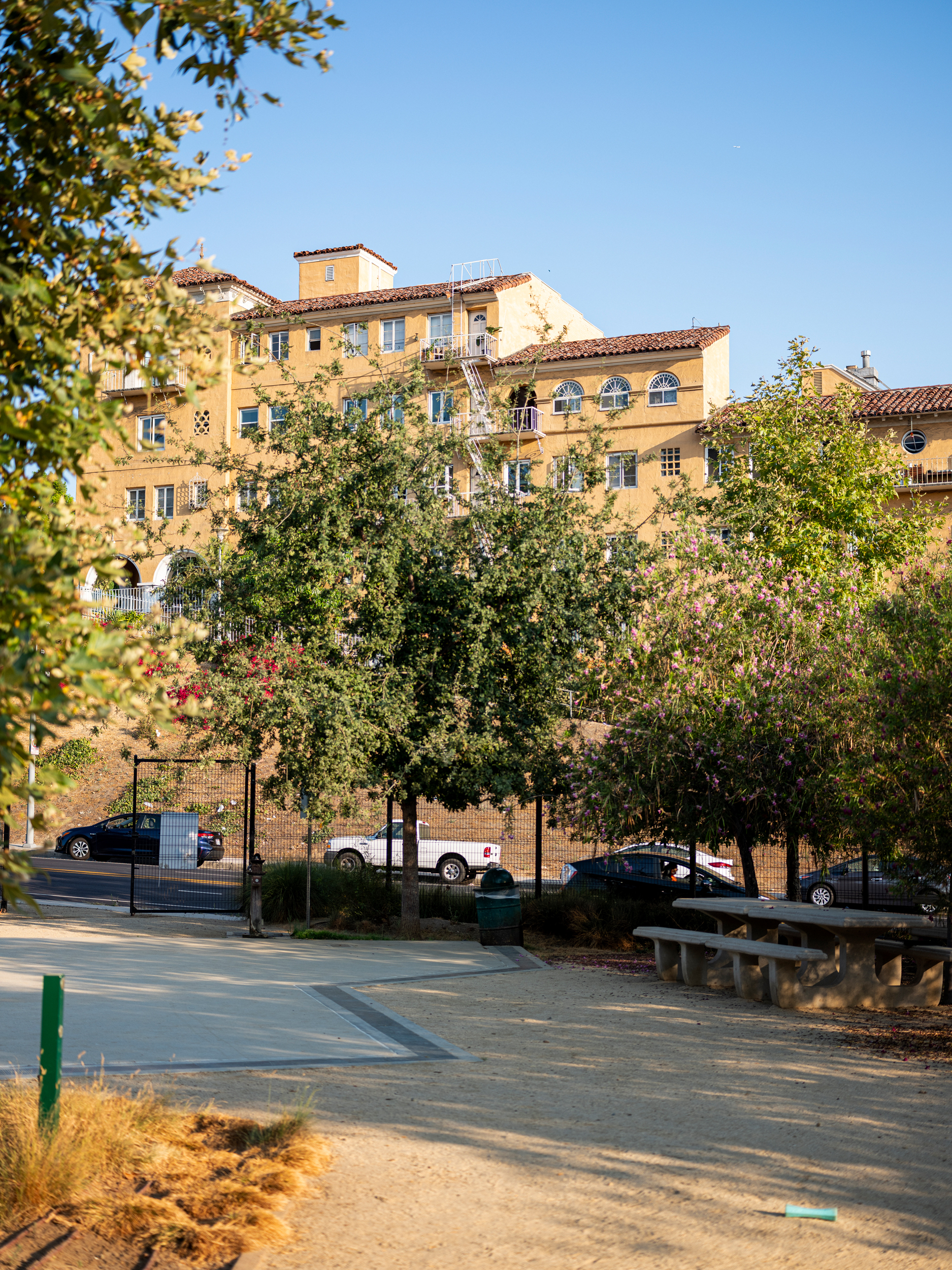Franklin-Ivar
1900 Ivar Ave
Los Angeles, CA 90028
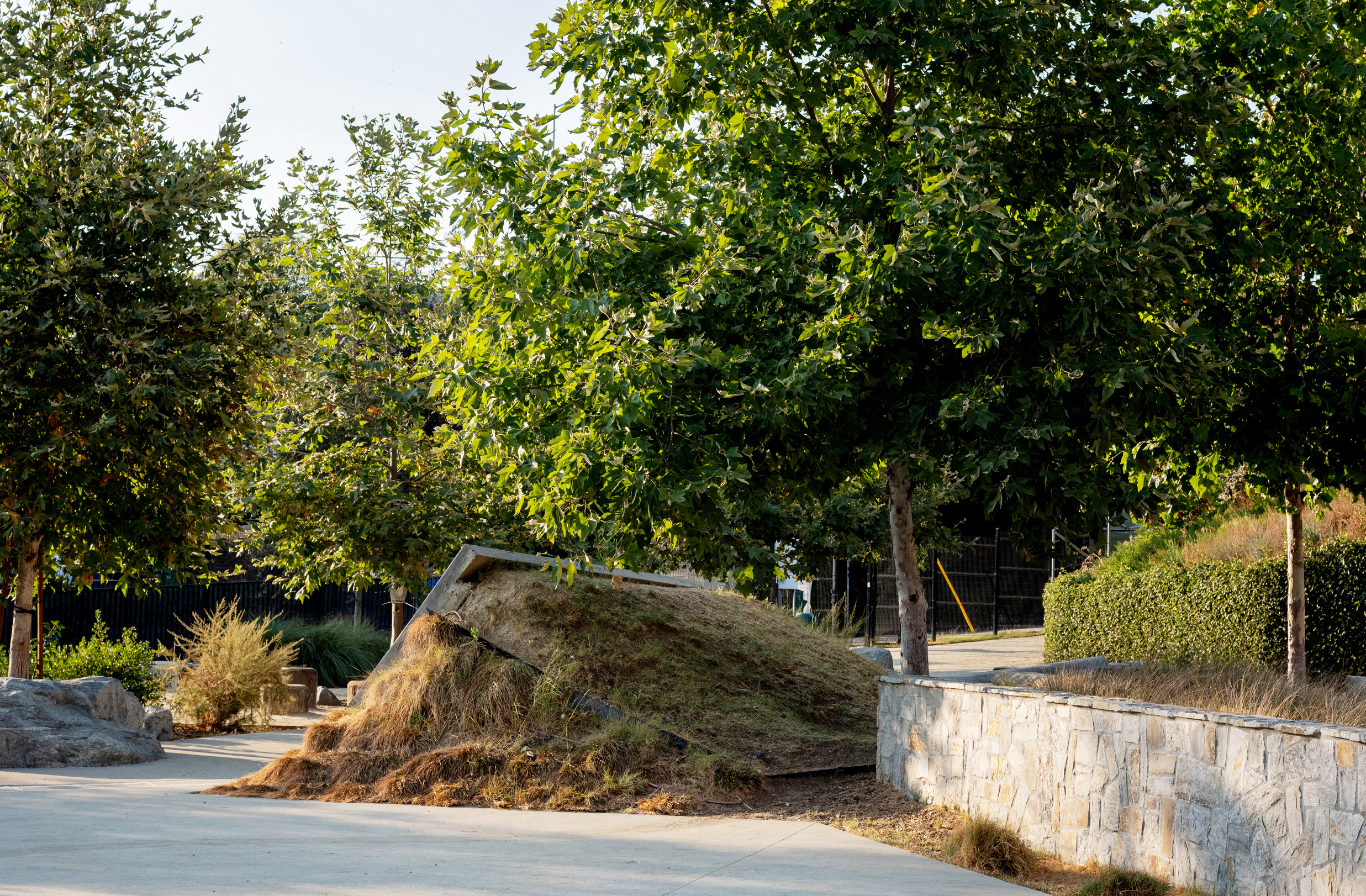
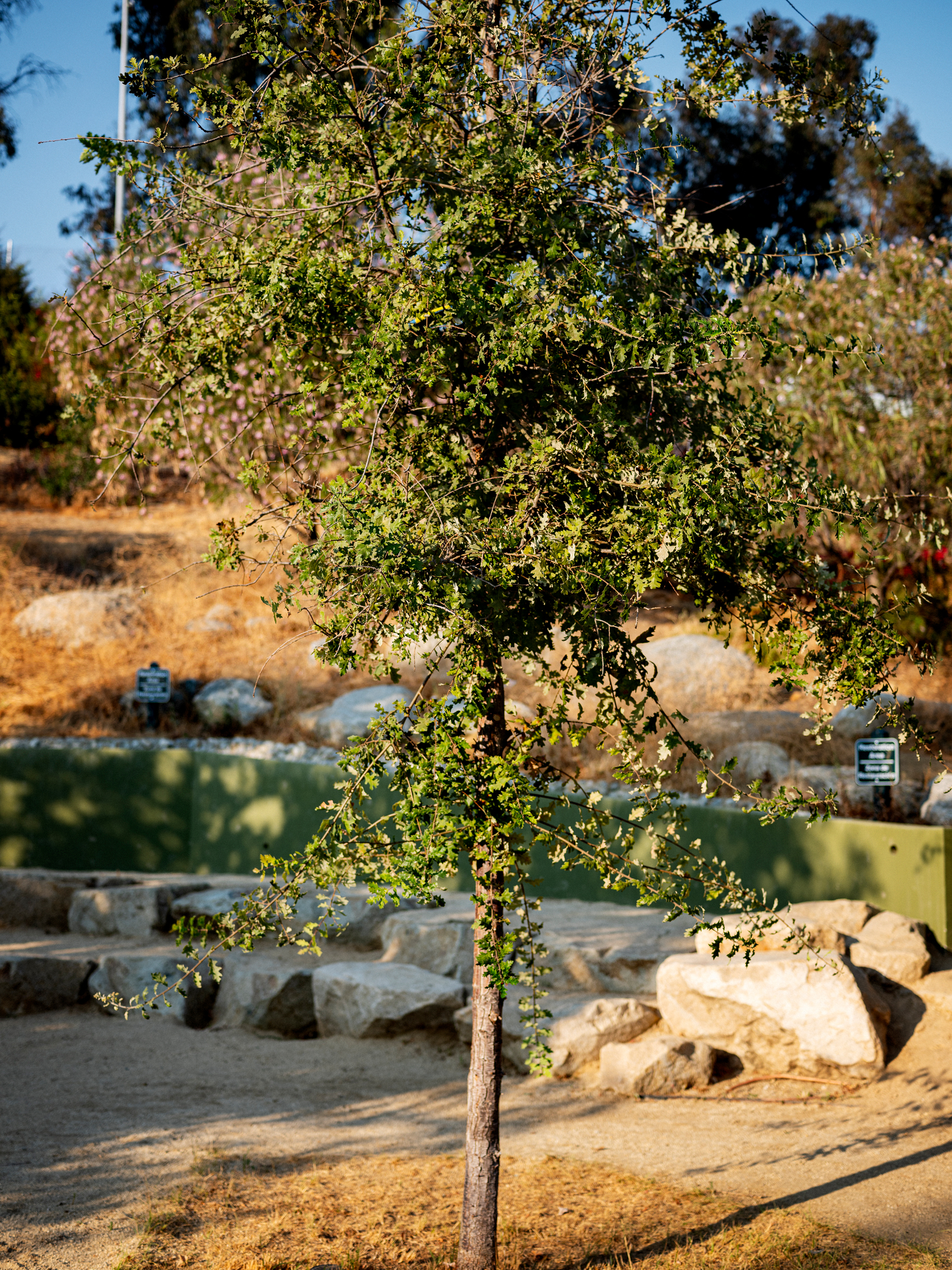
Established:
2017
Size:
.75 acre
Features:
Amphitheater
Adventure play area
Bioswale
Picnic area
Best time to visit:
Summer and Fall
The best part of this park is the gorgeous hedge of California Buckwheat that runs down the edge of the park on the Franklin road side. In summer they are covered in white flowers that in fall, fade to a beautiful deep rust color. Late summer early fall also finds the desert willows in bloom. These beautiful trees are covered in orchid shaped flowers.
Before it was a vacant lot, Franklin-Ivar Park used to be the site of a creek. This discovery was used as a starting point by Studio-MLA, who designed the park. While only three quarters of an acre, this small park boasts a picnic area, a play area, and an amphitheater.
In addition to these amenities, the park has several environmental features as well. A bioswale along the edge of the picnic area captures rainwater and filters it back into the ground. The upper portions of the hill, which are referred to as the forest, are planted with trees and native shrubs, both to provide habitat and to help mitigate pollution. The majority of the plants featured here are native to the Santa Monica Mountains and are a way to rebuild habitat for migrating birds and insects.
In addition to these amenities, the park has several environmental features as well. A bioswale along the edge of the picnic area captures rainwater and filters it back into the ground. The upper portions of the hill, which are referred to as the forest, are planted with trees and native shrubs, both to provide habitat and to help mitigate pollution. The majority of the plants featured here are native to the Santa Monica Mountains and are a way to rebuild habitat for migrating birds and insects.
The picnic area is planted with desert willows, a lovely tree with bright magenta flowers. California buckwheats line the space between the park and Franklin Ave, giving the street a blast of color and life in the hottest and driest parts of the year.
“The majority of the plants featured here are native to the Santa Monica Mountains and are a way to rebuild habitat for migrating birds and insects.”
This lovely little park was created by the Mountains Recreation and Conservation Authority. It was funded by a Proposition 84 Stormwater grant, which is a series of Water Board grants designed to help prevent contamination of rivers and lakes from stormwater. It is managed by the city of Los Angeles.
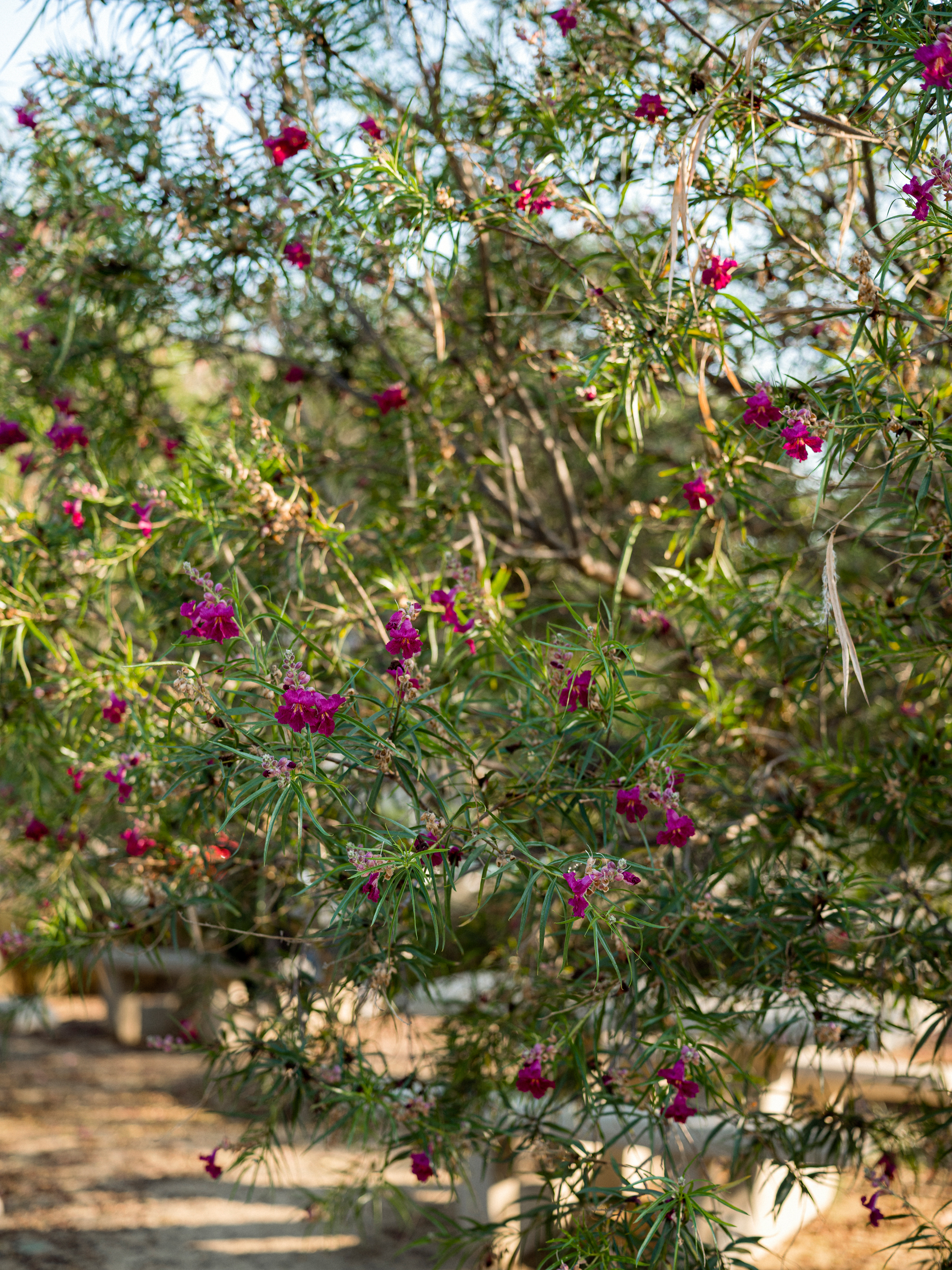
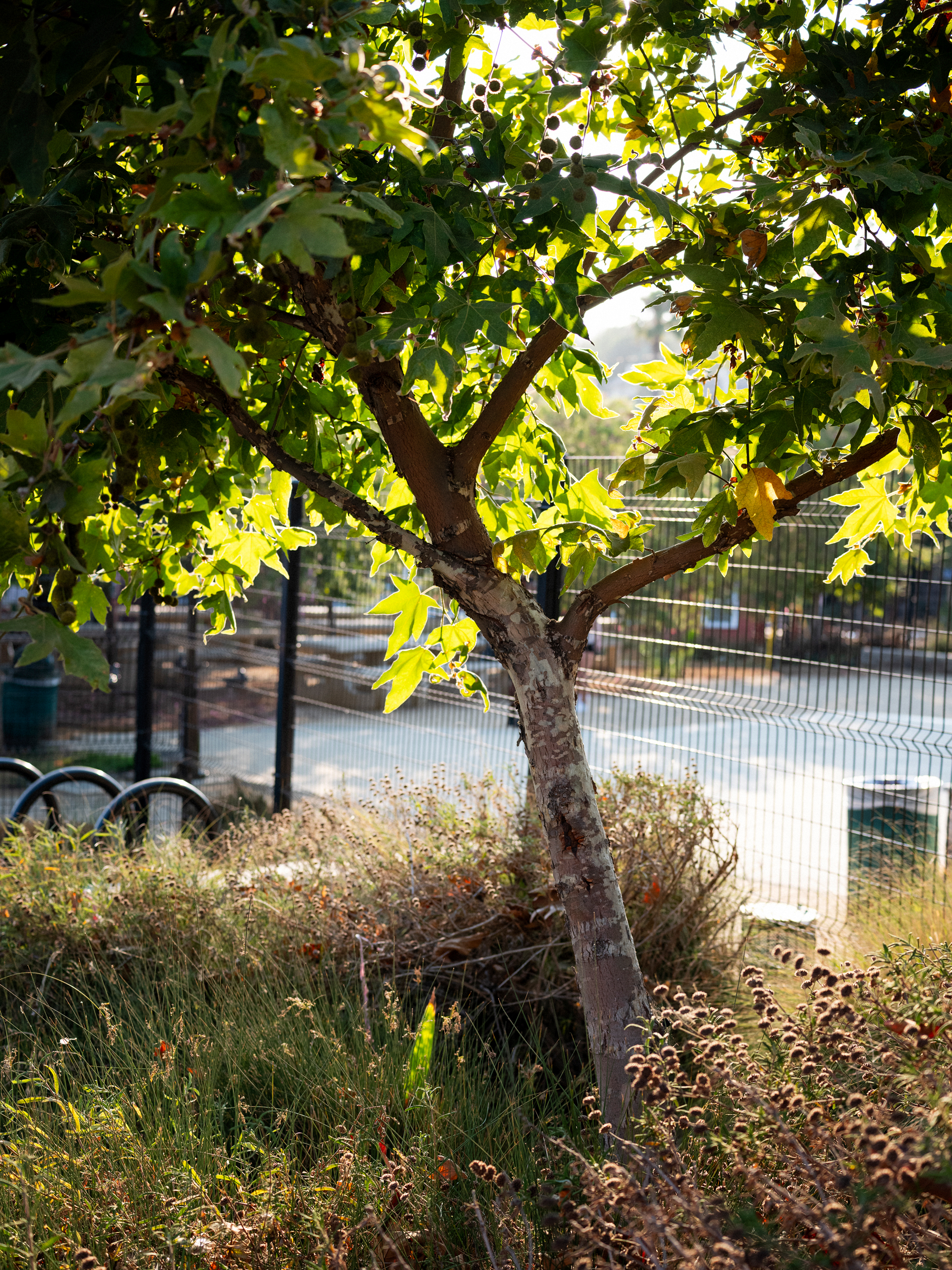
Opening Hours:
6:30 AM- 10:00 PM
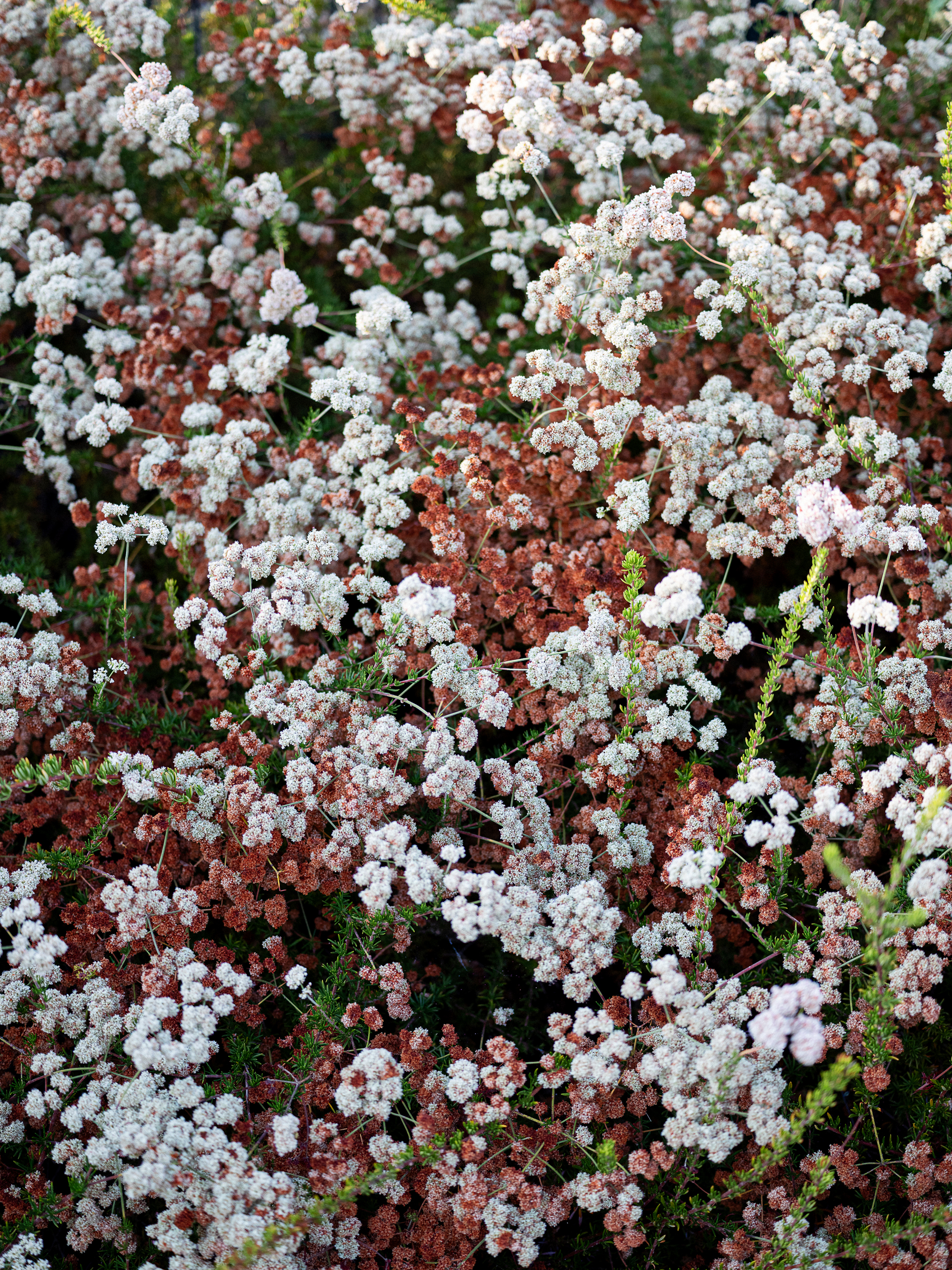
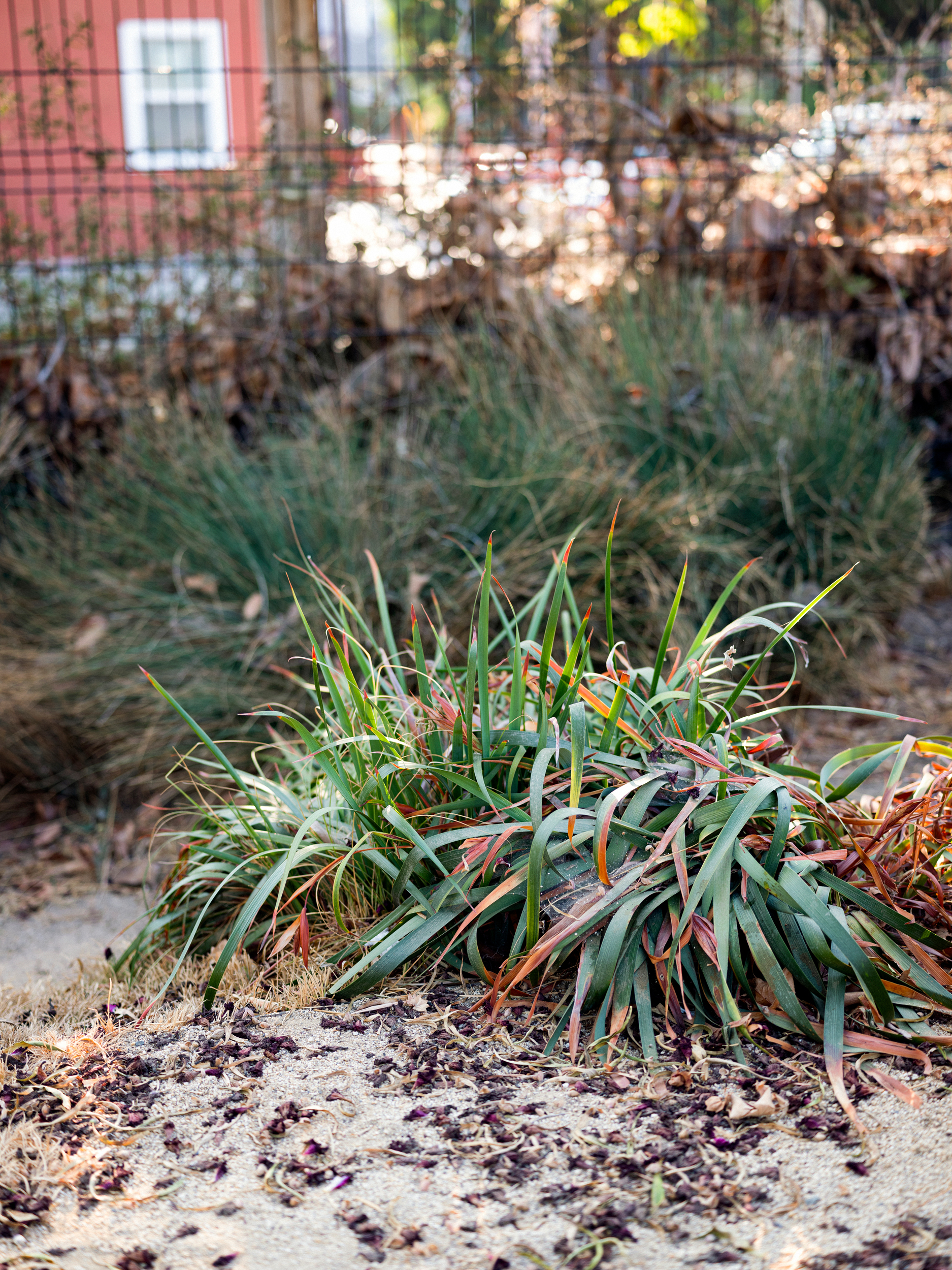
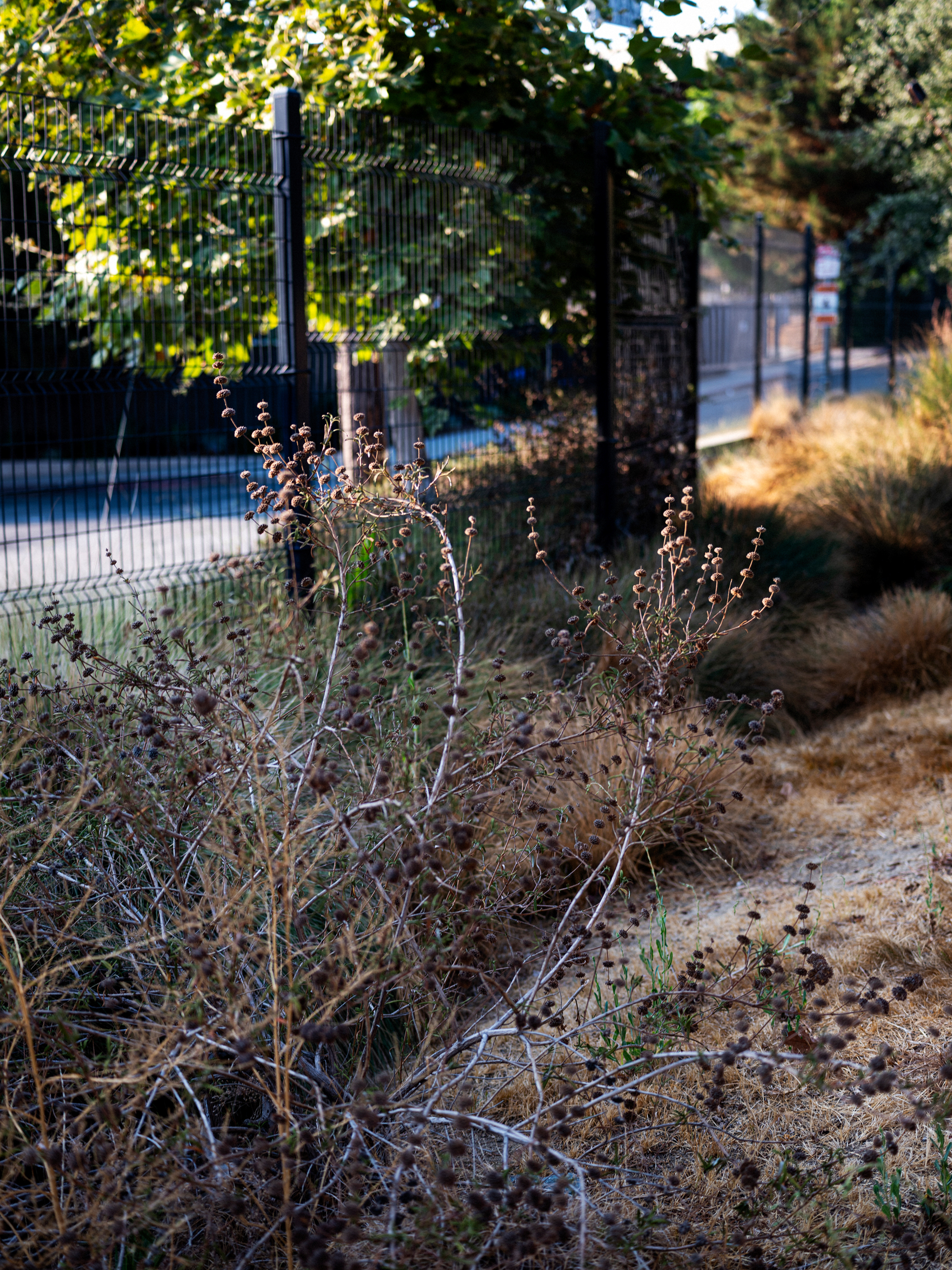

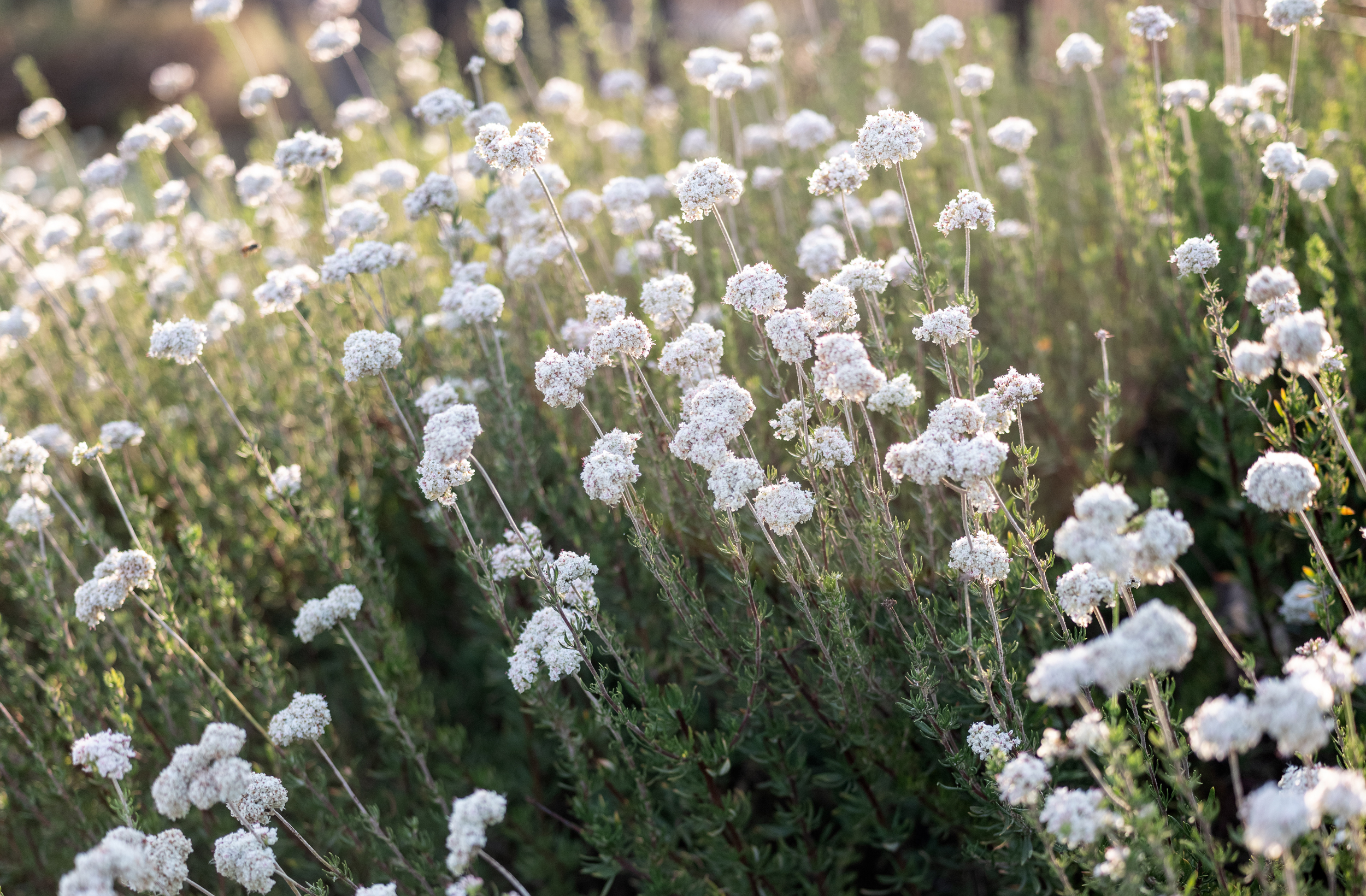
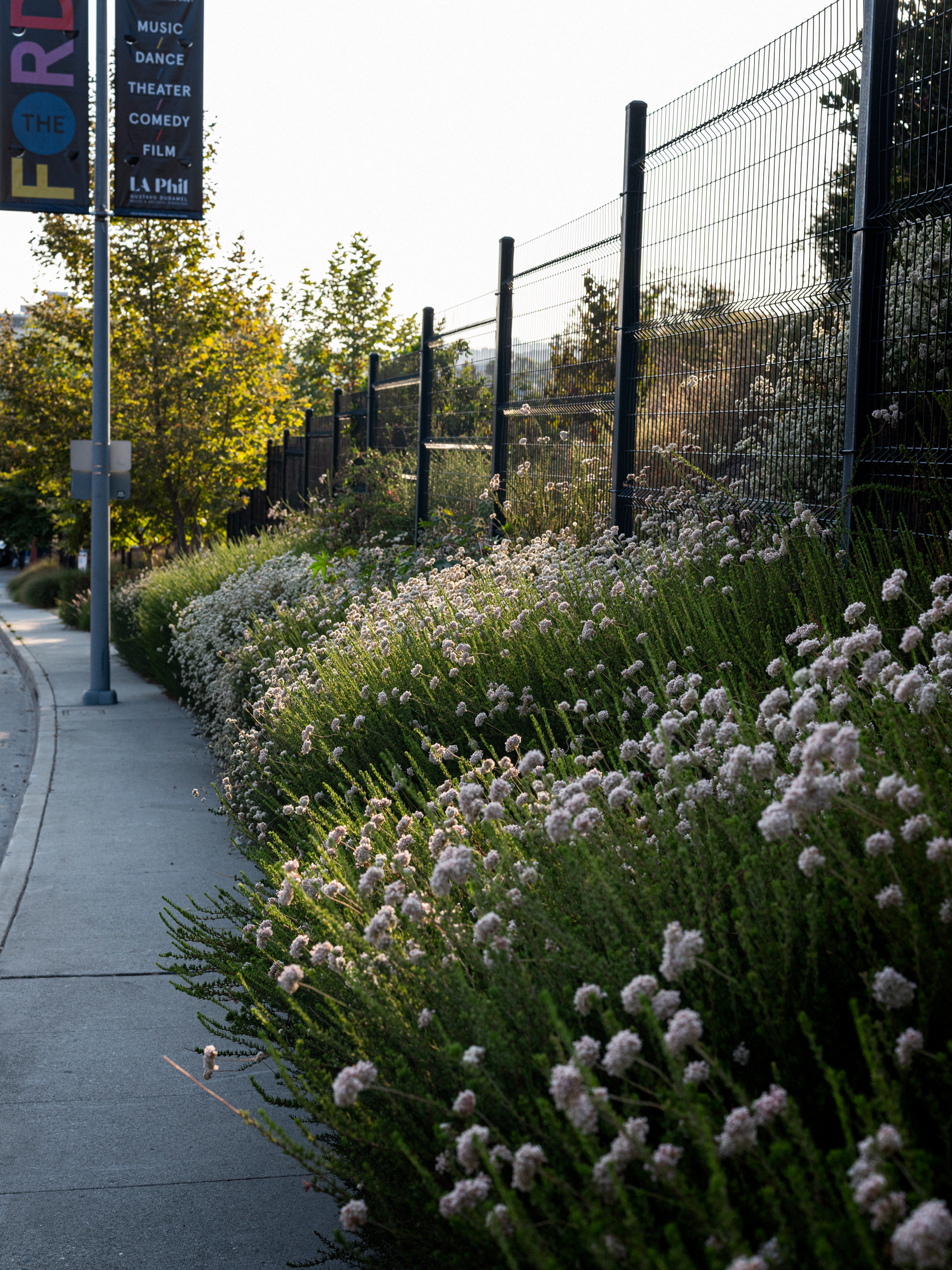
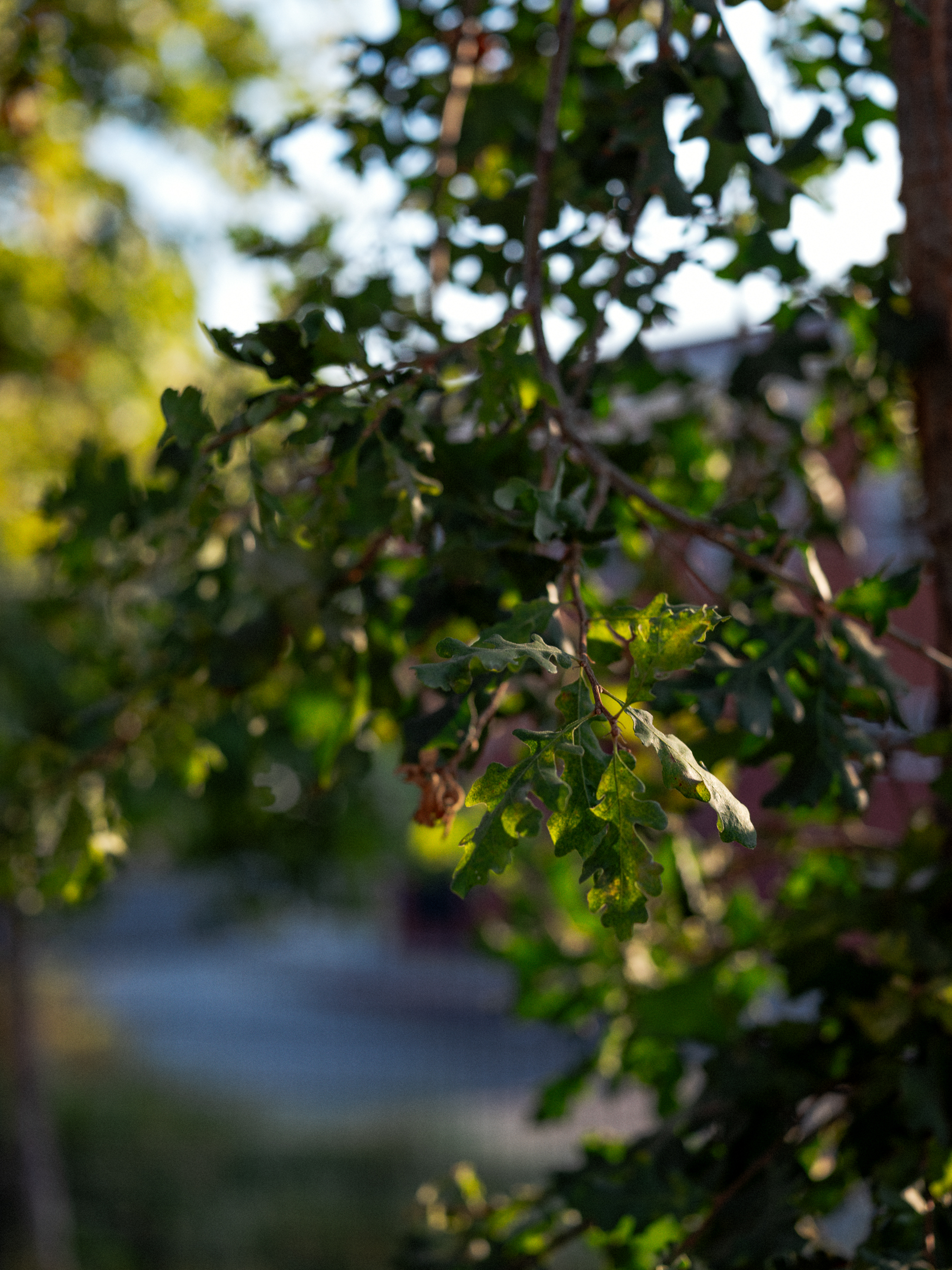
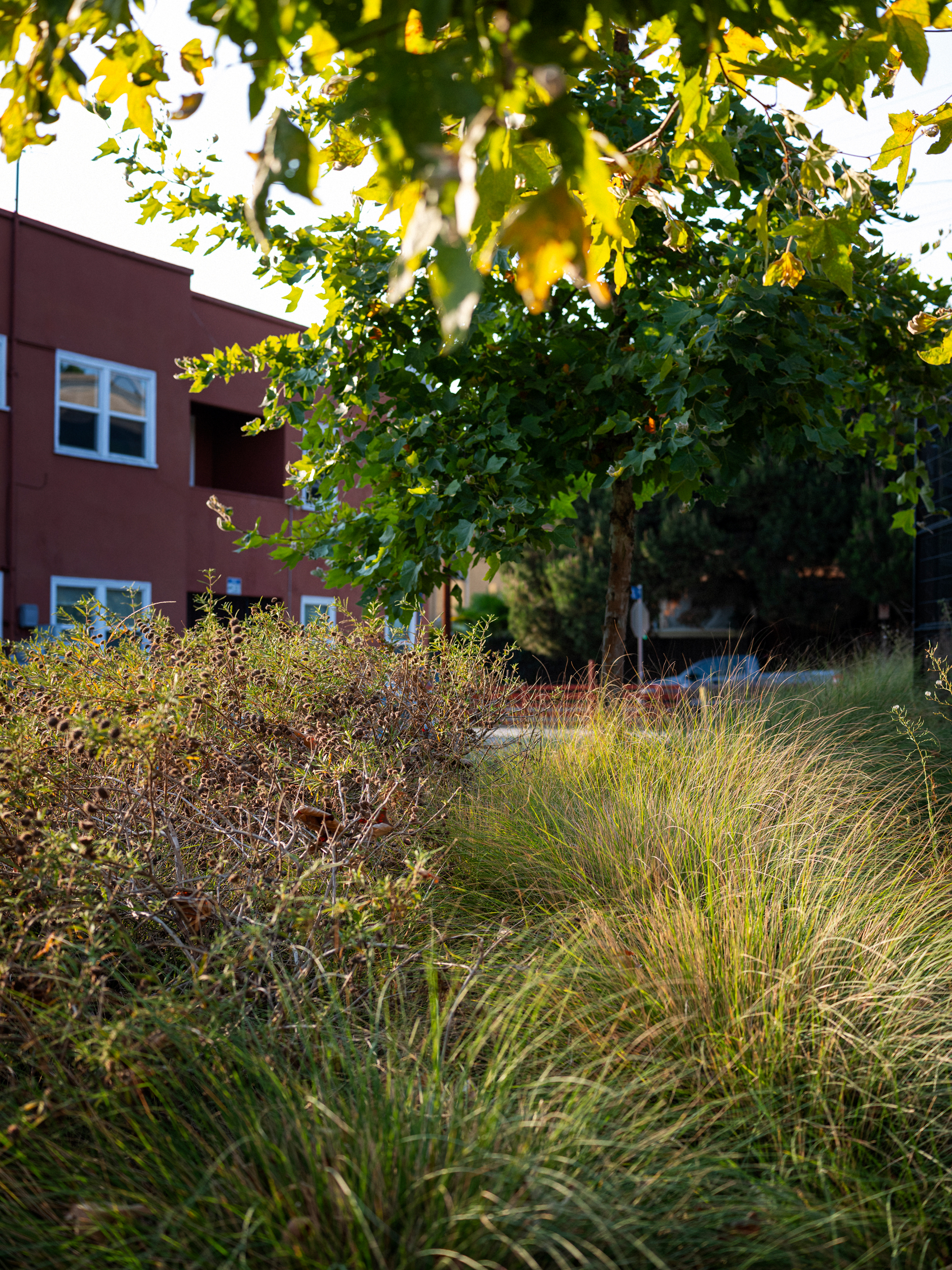
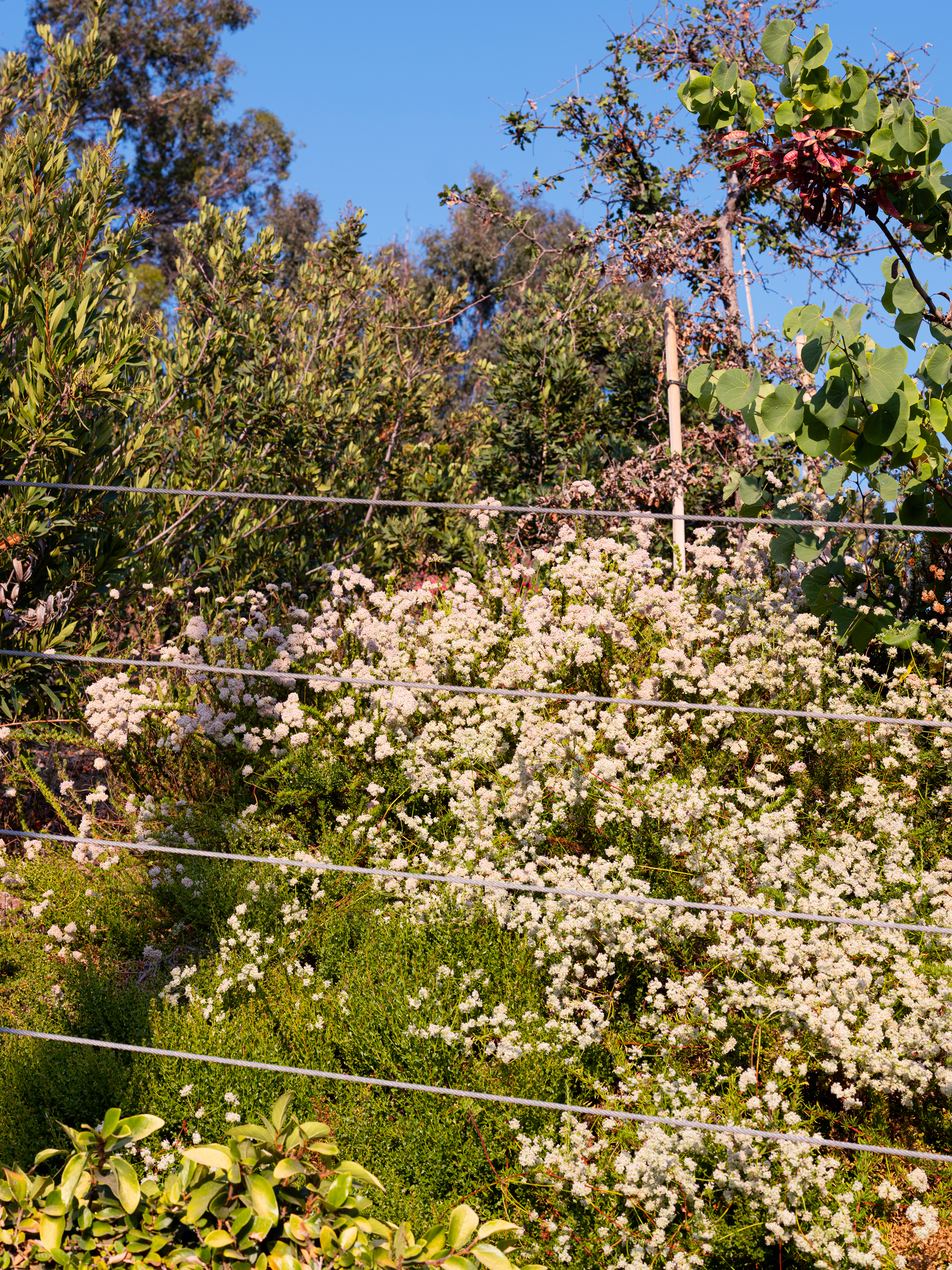
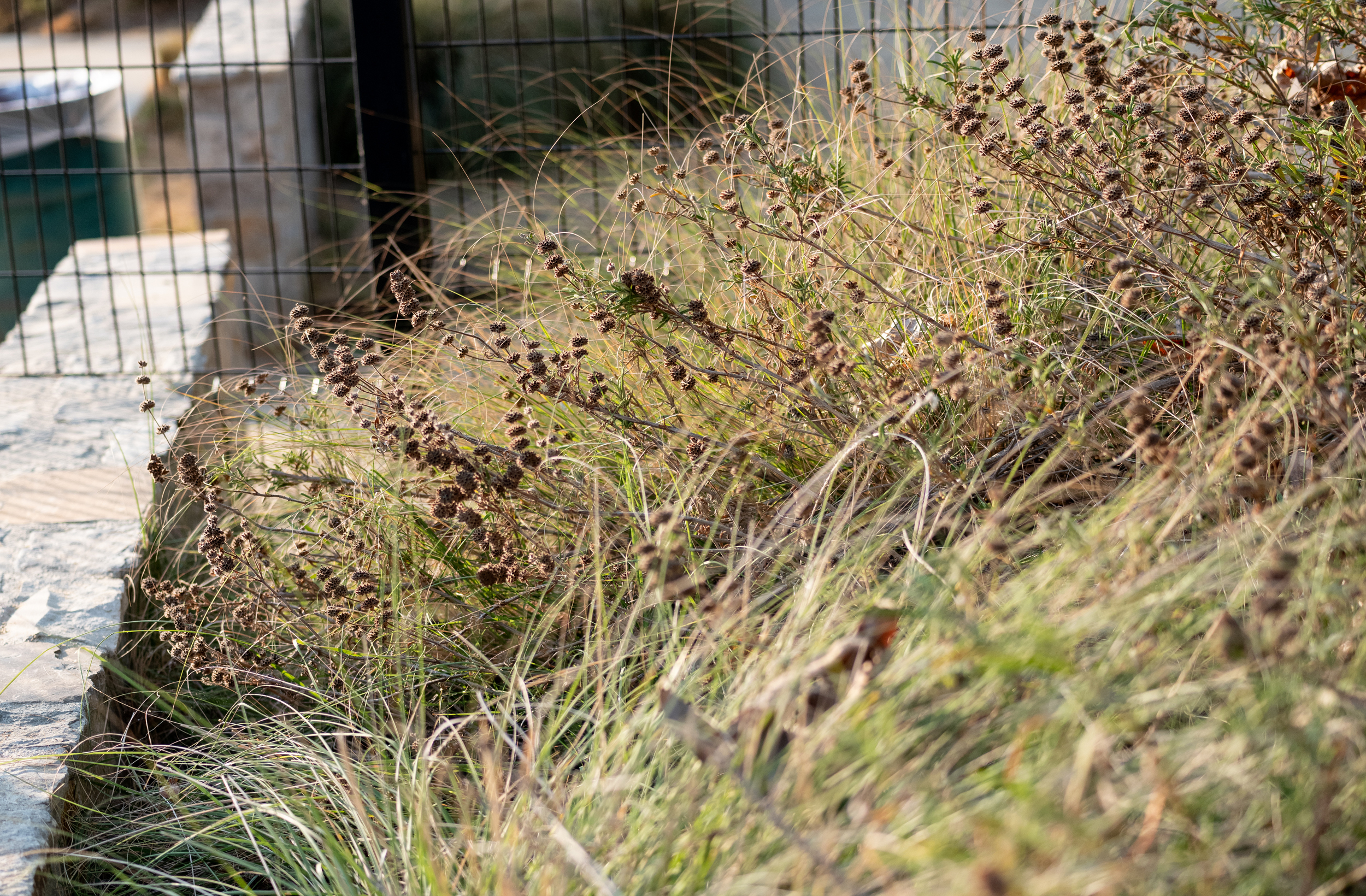
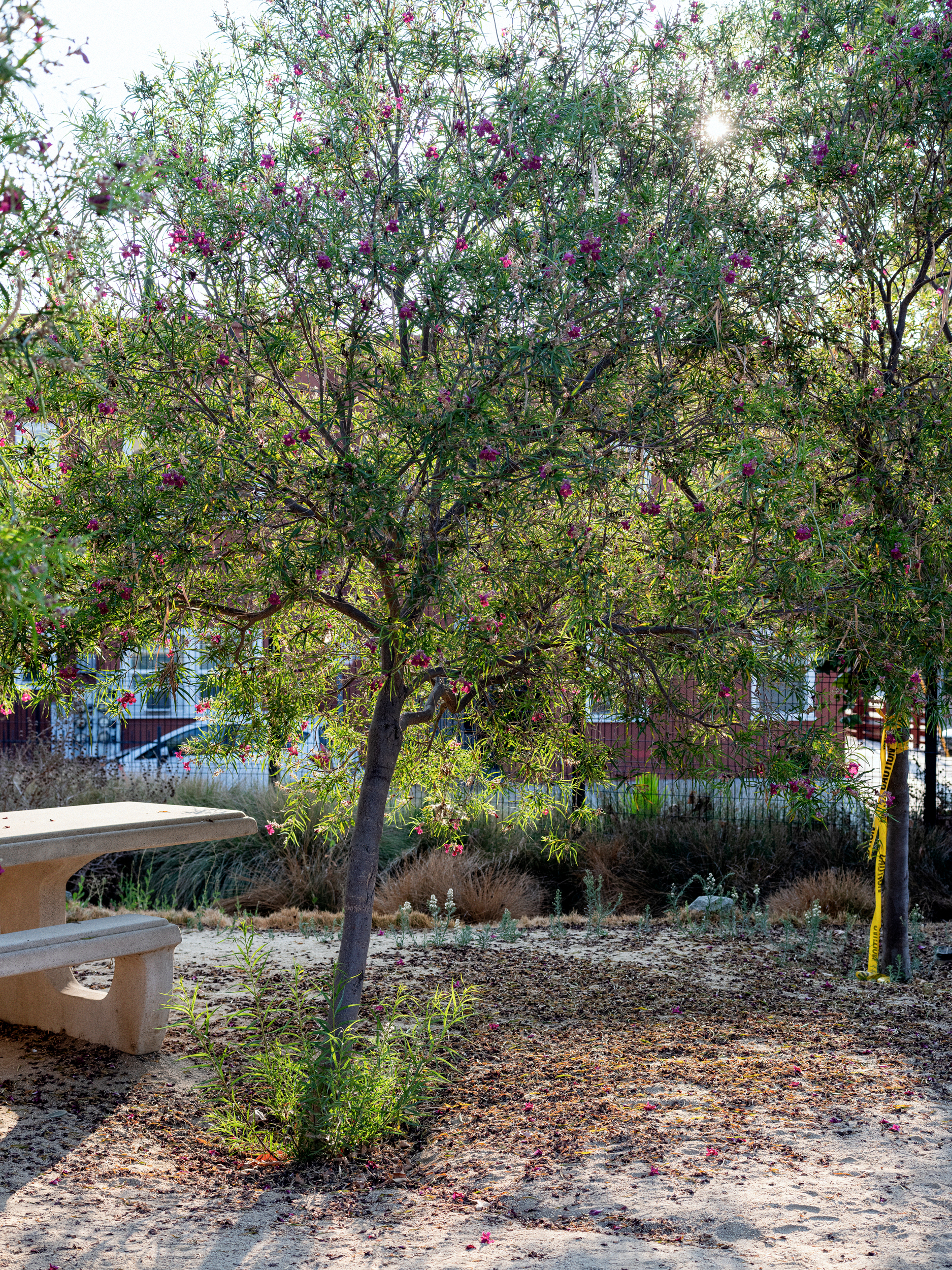
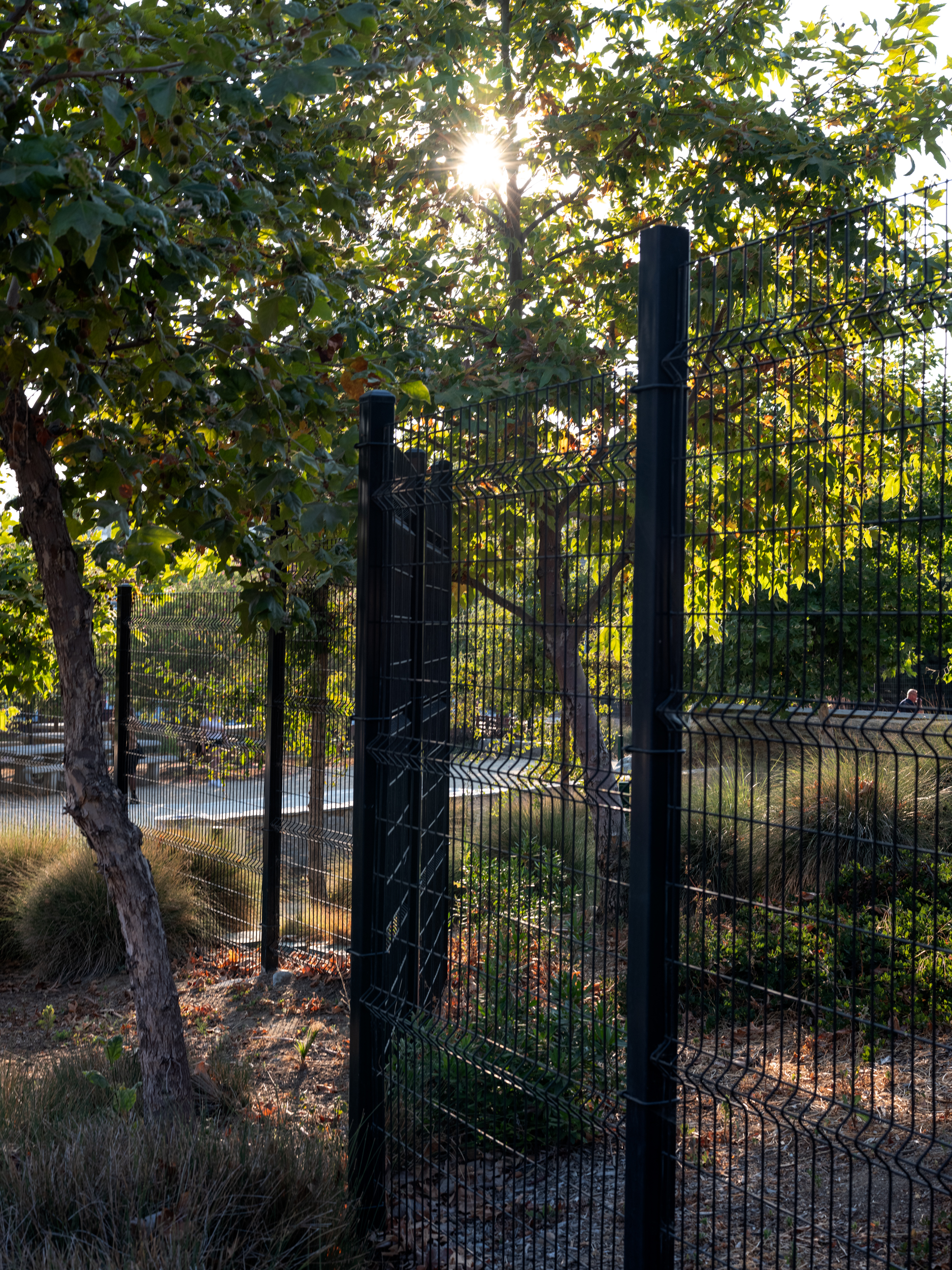
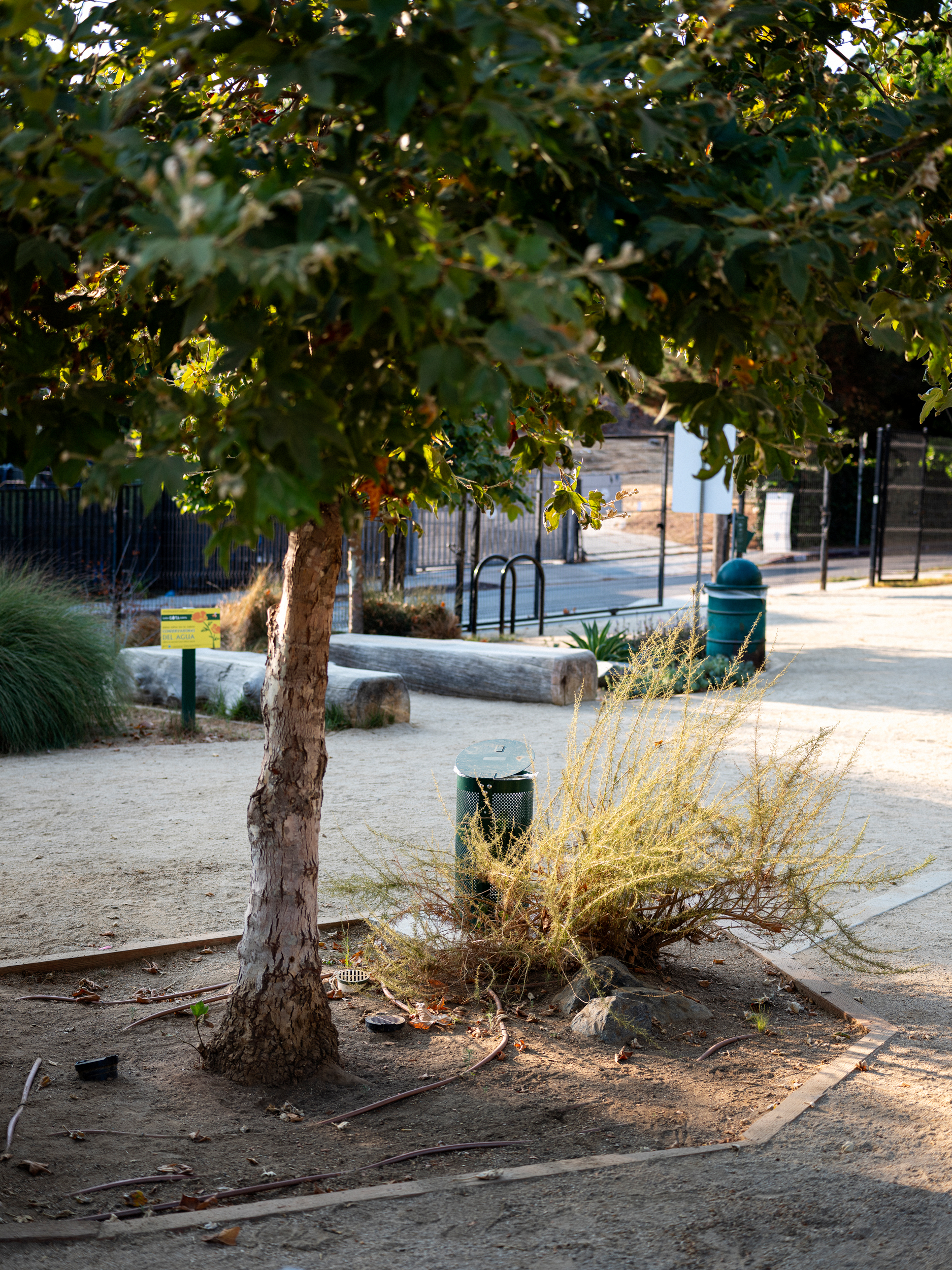
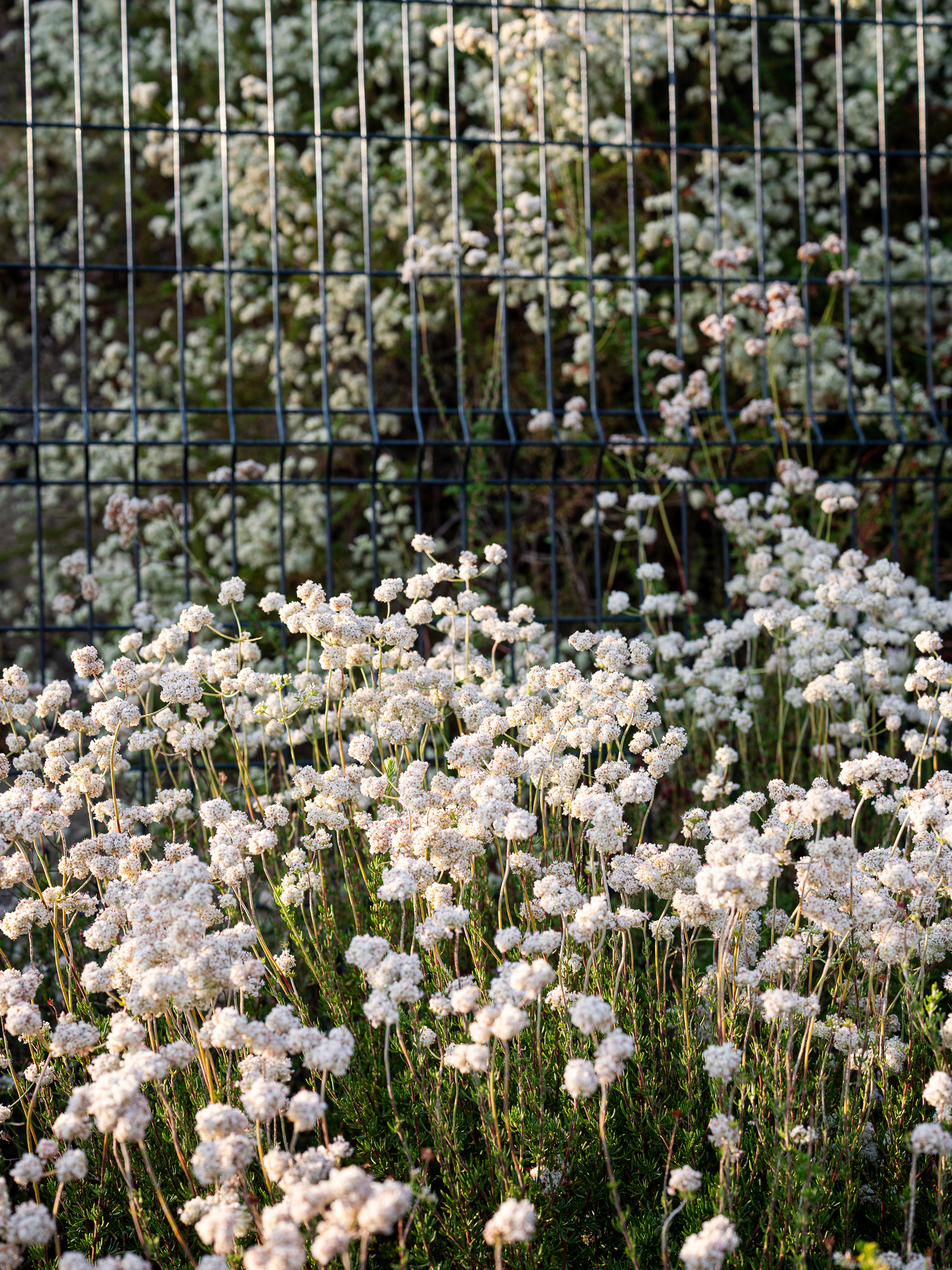
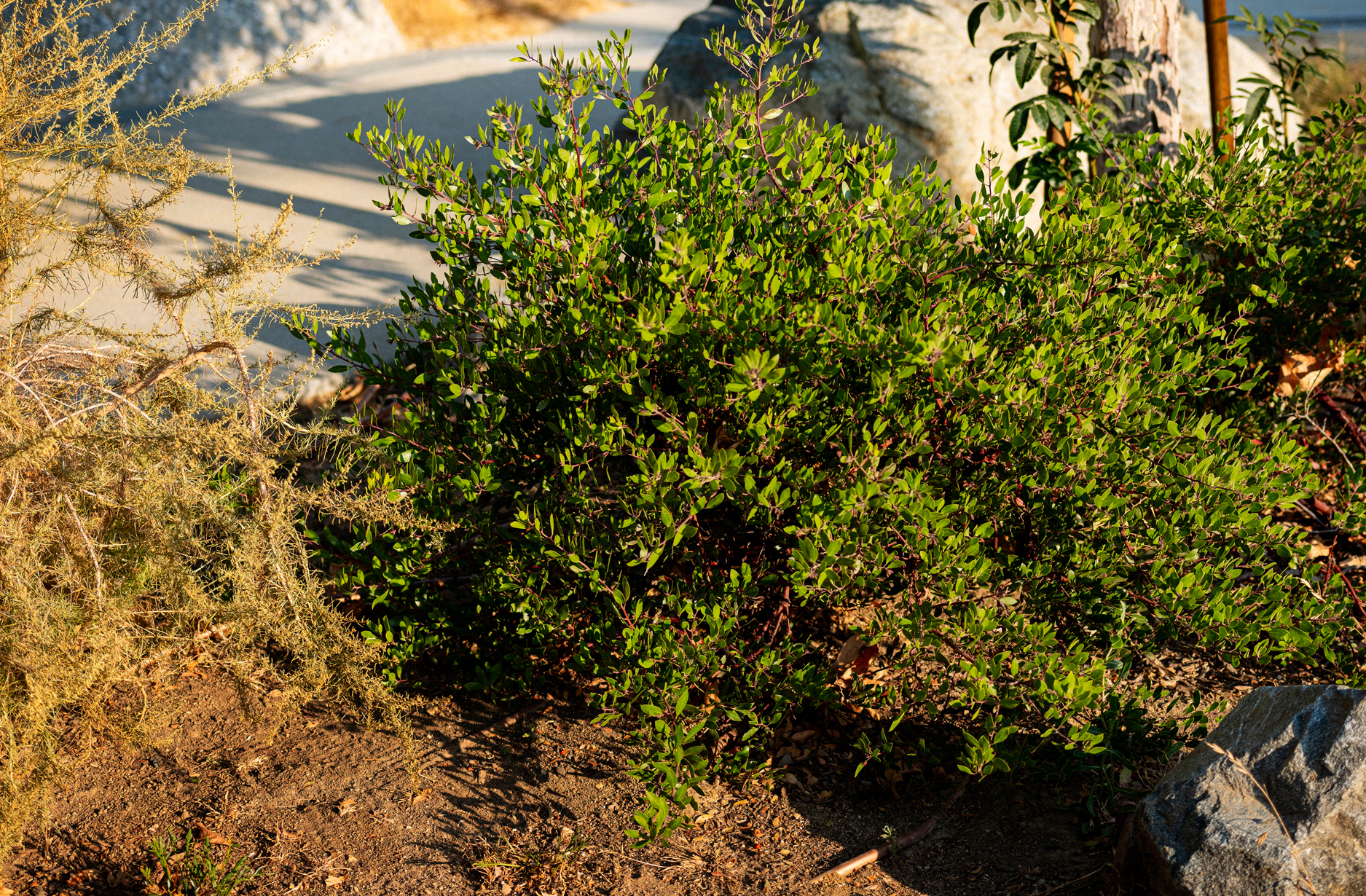
Franklin-Ivar Park
1900 Ivar Ave
Los Angeles, CA 90028


Established:
2017
Size:
.75 acre
Features:
Amphitheater
Adventure play area
Bioswale
Picnic area
Best time to visit:
Summer and Fall
The best part of this park is the gorgeous hedge of California Buckwheat that runs down the edge of the park on the Franklin road side. In summer they are covered in white flowers that in fall, fade to a beautiful deep rust color. Late summer early fall also finds the desert willows in bloom. These beautiful trees are covered in orchid shaped flowers.
Before it was a vacant lot, Franklin-Ivar Park used to be the site of a creek. This discovery was used as a starting point by Studio-MLA, who designed the park. While only three quarters of an acre, this small park boasts a picnic area, a play area, and an amphitheater.
In addition to these amenities, the park has several environmental features as well. A bioswale along the edge of the picnic area captures rainwater and filters it back into the ground. The upper portions of the hill, which are referred to as the forest, are planted with trees and native shrubs, both to provide habitat and to help mitigate pollution. The majority of the plants featured here are native to the Santa Monica Mountains and are a way to rebuild habitat for migrating birds and insects.
In addition to these amenities, the park has several environmental features as well. A bioswale along the edge of the picnic area captures rainwater and filters it back into the ground. The upper portions of the hill, which are referred to as the forest, are planted with trees and native shrubs, both to provide habitat and to help mitigate pollution. The majority of the plants featured here are native to the Santa Monica Mountains and are a way to rebuild habitat for migrating birds and insects.
The picnic area is planted with desert willows, a lovely tree with bright magenta flowers. California buckwheats line the space between the park and Franklin Ave, giving the street a blast of color and life in the hottest and driest parts of the year.
“The majority of the plants featured here are native to the Santa Monica Mountains and are a way to rebuild habitat for migrating birds and insects.”
This lovely little park was created by the Mountains Recreation and Conservation Authority. It was funded by a Proposition 84 Stormwater grant, which is a series of Water Board grants designed to help prevent contamination of rivers and lakes from stormwater. It is managed by the city of Los Angeles.


Opening Hours:
6:30 AM- 10:00 PM















Franklin-Ivar Park
1900 Ivar Ave
Los Angeles, CA 90028

Established:
2017
Size:
.75 acre
Features:
Public Programing
Garden made Marmalade
Best Time to visit:
Summer and Fall
The best part of this park is the gorgeous hedge of California Buckwheat that runs down the edge of the park on the Franklin road side. In summer they are covered in white flowers that in fall, fade to a beautiful deep rust color. Late summer early fall also finds the desert willows in bloom. These beautiful trees are covered in orchid shaped flowers.
Before it was a vacant lot, Franklin-Ivar Park used to be the site of a creek. This discovery was used as a starting point by Studio-MLA, who designed the park. While only three quarters of an acre, this small park boasts a picnic area, a play area, and an amphitheater.

In addition to these amenities, the park has several environmental features as well. A bioswale along the edge of the picnic area captures rainwater and filters it back into the ground. The upper portions of the hill, which are referred to as the forest, are planted with trees and native shrubs, both to provide habitat and to help mitigate pollution. The majority of the plants featured here are native to the Santa Monica Mountains and are a way to rebuild habitat for migrating birds and insects. The picnic area is planted with desert willows, a lovely tree with bright magenta flowers. California buckwheats line the space between the park and Franklin Ave, giving the street a blast of color and life in the hottest and driest parts of the year.
“The contrast is stark between the habitat filled garden and the lawn and exotic tree lined avenue. Arlington Garden is noisy with life. “
This lovely little park was created by the Mountains Recreation and Conservation Authority. It was funded by a Proposition 84 Stormwater grant, which is a series of Water Board grants designed to help prevent contamination of rivers and lakes from stormwater. It is managed by the city of Los Angeles.


Opening Hours:
6:30 AM- 10:00 PM















